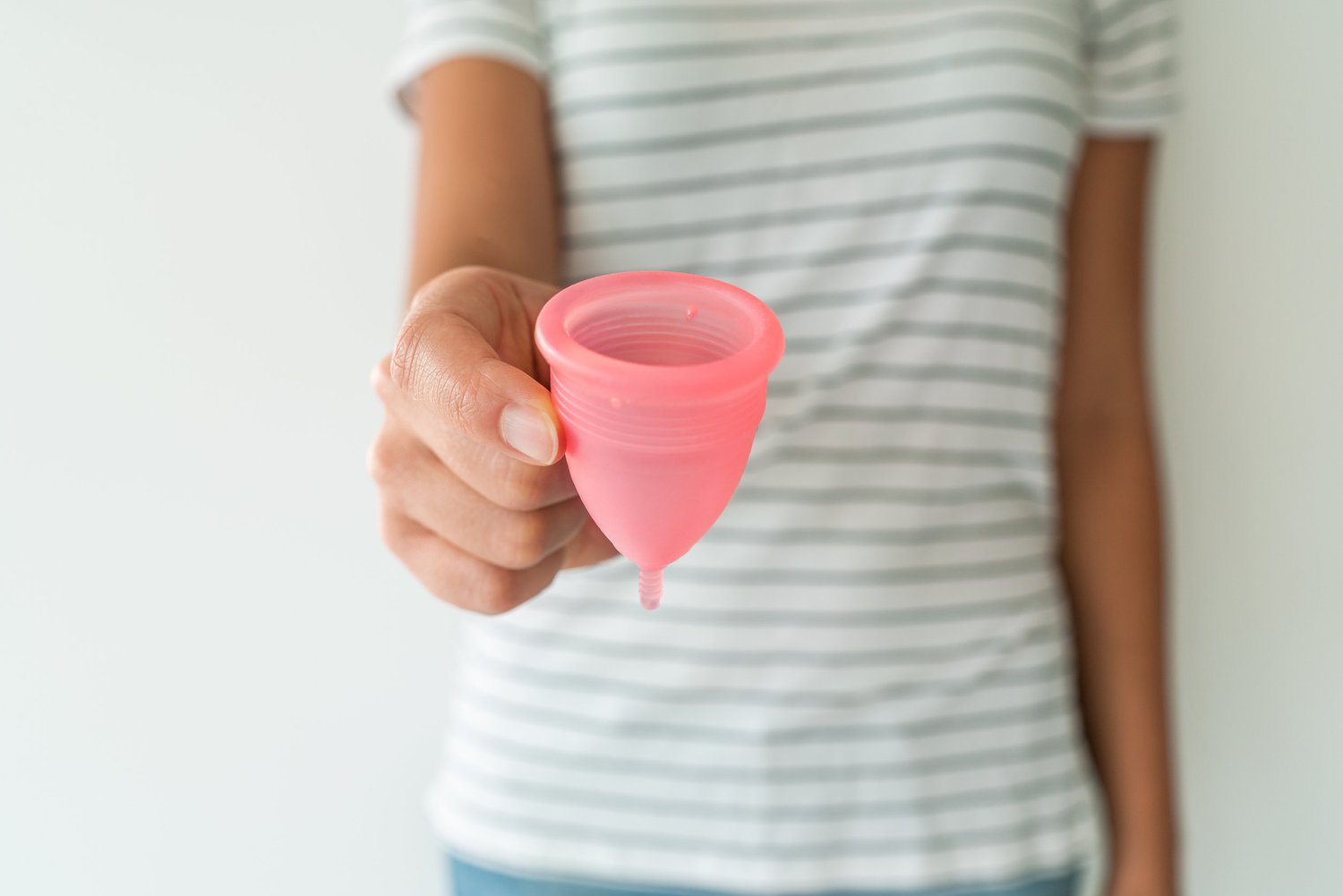Regarded as safe within the medical community, menstrual cups have minimal risks which are very unlikely to occur when the cup is used correctly. That said, all menstrual hygiene products carry some degree of risk, particularly when misused — making it essential that you’ve done your research about any sanitary product you use.
Irritation
There’s a number of reasons why irritation can occur with a menstrual cup, many of which are completely preventable.
Inserting the cup without proper lubrication can be a main source of irritation and discomfort. Applying a small amount of water-based lubrication on the outside of the cup can help to prevent this type of irritation. Always check the manufacturer’s recommendations on the product packaging for further clarification.
You should also be sure that you have the right size menstrual cup, since using a cup that is too big can also cause irritation. Also be sure you’re cleaning the cup properly between uses to avoid both irritation and infection.
Infections
Although rare, menstrual cups can cause vaginal infections. In most cases, it’s usually a result of bacteria from your hands transferring to the cup rather than the actual cup itself. Yeast infections and bacterial vaginosis can develop if the bacteria in your vagina (and vagina pH) becomes imbalanced.
You can minimize this risk by washing your hands with warm water and antibacterial soap before handling the cup.
It’s advisable to wash your cup with warm water and a fragrance-free, water-based soap before and after use. For reference, a good brand to use for this would be a Neutrogena liquid soap, but you can consult your pharmacy for an alternative.
Toxic Shock Syndrome (TSS)
Toxic Shock Syndrome (TSS) is a rare, yet serious, complication that can result from bacterial infections.
It happens when Staphylococcus or Streptococcus bacteria — which exists on the skin, nose, or mouth — are pushed deeper into the body. TSS is typically associated with leaving a tampon inserted for longer than recommended, or wearing a tampon with an absorption rating much higher than necessary.
There has only ever been one report of TSS associated with the use of a menstrual cup. In this case, a small scrape was made on the inside of the vaginal canal during an initial cup insertion. This allowed Staphylococcus bacteria to enter the bloodstream and spread throughout the body.
Although your risk from TSS is minimal, there are a few things you can do to make those risks even lower:
-
Wash your hands thoroughly with warm water and antibacterial soap before handling your menstrual cup.
-
Clean your cup as recommended by the manufacturer with warm water and a mild fragrance-free, oil-free soap, before inserting the cup.
-
Apply a small amount of water or water-based lubricant (per manufacturer’s instructions) to the outside of the cup to help with the initial insertion.
Contact MetroPartners OBGYN
If you have any questions about menstrual cups, it’s best to consult your provider. Contact MetroPartners OBGYN and schedule an appointment today.

